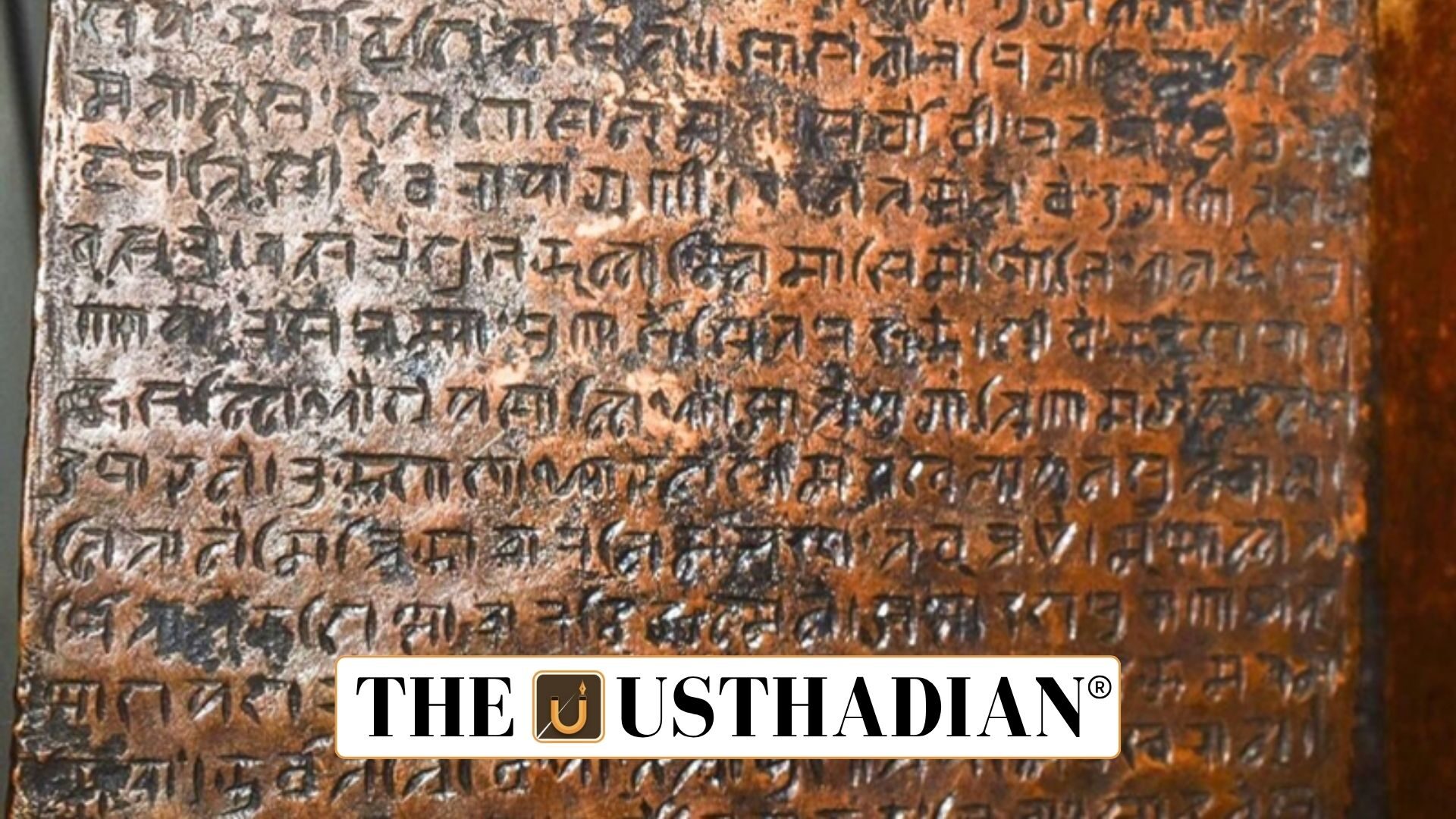Discovery at Therizhandhur
Chola Era Inscriptions Rediscovered in Tamil Nadu: The Archaeological Survey of India (ASI) has recently documented 10 Chola-era inscriptions at the historic Vedapureeswarar Shiva Temple located in Therizhandhur, Mayiladuthurai district of Tamil Nadu.
These inscriptions offer a deeper understanding of temple administration, royal endowments, and local governance during the Chola dynasty.
Static GK fact: The ASI was founded in 1861 by Alexander Cunningham, known as the “Father of Indian Archaeology.”
Inscriptions of Kulottunga Chola I
Two significant inscriptions were found belonging to the 34th and 44th regnal years of Kulottunga Chola I (c. 1070–1122 CE). They record a grant of five gold coins to Brahmins for the lighting of lamps in the temple.
This demonstrates the Chola emphasis on ritual continuity and religious endowments. Such inscriptions often mention the donors, the nature of the gifts, and the conditions under which they were to be used.
Static GK Tip: The Cholas were known for their Vatteluttu and Grantha scripts, commonly used in temple epigraphy across South India.
Insights from Kulottunga Chola III’s Period
Another set of inscriptions belong to Kulottunga Chola III (1178–1218 CE), one of the longest-ruling monarchs of the Chola dynasty.
These records detail donations for Tirumanjanam (holy ablution rituals) and mention penalties imposed on defaulters who failed to maintain temple obligations.
This reveals the administrative discipline and legal enforcement maintained even in religious affairs during his reign.
Static GK fact: Kulottunga Chola III’s reign witnessed the construction of monumental temples such as the Kampaheswarar Temple at Tribhuvanam, showcasing the peak of Chola architecture.
Rajaraja II’s Contributions
One inscription from the reign of Rajaraja II (1146–1173 CE) records donations for lighting the Nundavilakku, or eternal lamp, symbolizing spiritual continuity.
This demonstrates that successive Chola rulers maintained the tradition of temple patronage as a matter of state policy.
Static GK Tip: Rajaraja II was the grandson of Vikrama Chola and is remembered for completing several architectural projects initiated by his predecessors.
Cultural and Historical Significance
The discovery at Therizhandhur underscores the rich epigraphical heritage of Tamil Nadu, where temple walls served as archives of royal decrees, economic transactions, and social customs.
Such inscriptions also confirm the economic vitality of temple institutions, which functioned as centers of learning, charity, and governance.
Static GK fact: Tamil Nadu holds more than 60% of India’s total inscriptions, most of which belong to the Chola, Pandya, and Vijayanagara periods.
Static Usthadian Current Affairs Table
Chola Era Inscriptions Rediscovered in Tamil Nadu:
| Topic | Detail |
| Location of discovery | Vedapureeswarar Temple, Therizhandhur, Mayiladuthurai district |
| Total inscriptions found | 10 |
| Rulers mentioned | Kulottunga Chola I, Kulottunga Chola III, Rajaraja II |
| Notable grants | Five gold coins for temple lamps |
| Rituals recorded | Tirumanjanam, Nundavilakku lighting |
| Period covered | 11th to 13th century CE |
| Dynasty | Chola dynasty |
| Language/script | Tamil (Vatteluttu/Grantha script) |
| Organization involved | Archaeological Survey of India (ASI) |
| Broader significance | Highlights temple-based administration and Chola cultural continuity |








